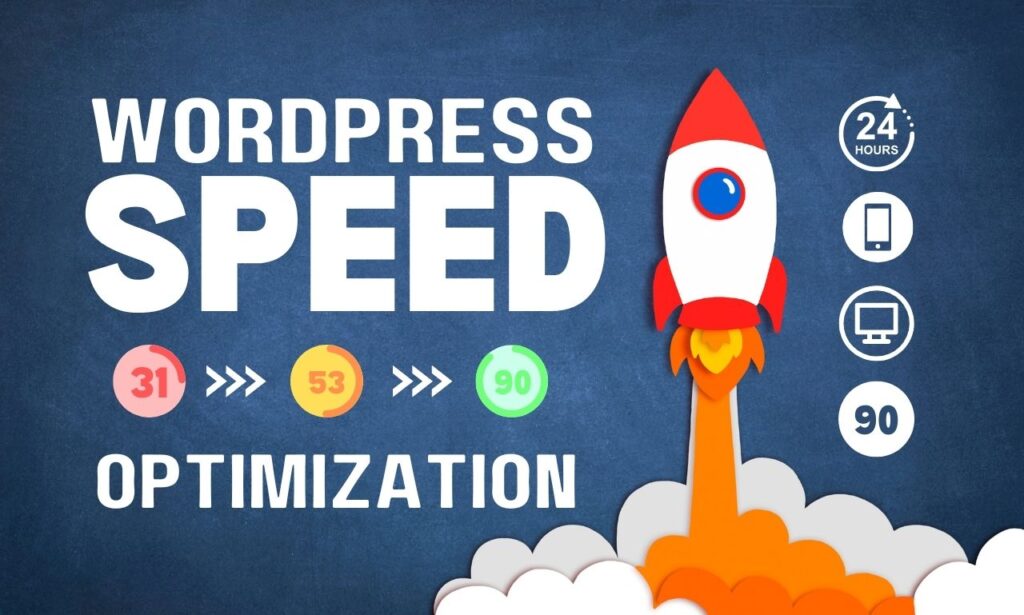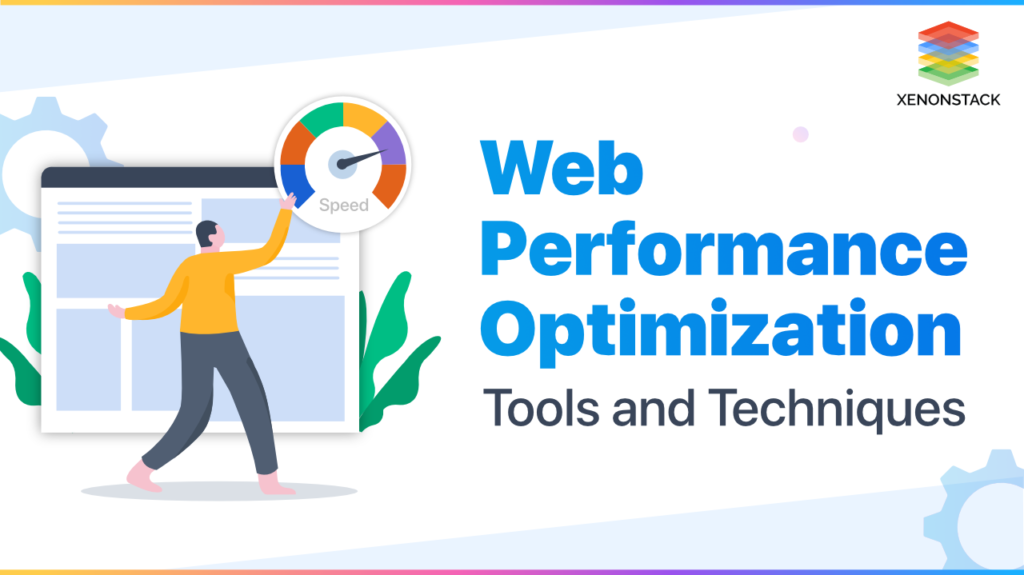
8 Essential Website Speed Optimization Techniques
In today’s lightning-fast digital world, website speed reigns supreme, WordPress Speed Optimization. Imagine this: you’re browsing for a new camera, eager to capture those summer moments. You click on a link, a beautiful beach scene promising stunning photography… but then, nothing. The page takes forever to load. Frustration sets in, and you bounce. This scenario, unfortunately, plays out all too often for slow websites.
Here at VEcloud.io, we understand the importance of a speedy website. Not only does it provide a seamless user experience (UX), but it also plays a crucial role in your website’s SEO ranking. So, how can you ensure your website is a cheetah, not a sloth, in the race for online attention? Let’s dive into some essential website speed optimization techniques:
1. Embrace the Power of Caching: Think of caching as your website’s memory. By storing frequently accessed files like images and code, your server doesn’t have to constantly retrieve them, leading to faster loading times for returning visitors.
2. Optimize Those Images: They may be the heart of your website, but bulky images can seriously slow things down. Utilize tools to compress image size without sacrificing quality. Consider different image formats like JPEG or WebP for optimal performance.
3. Reduce HTTP Requests: Every element on your website, from images to stylesheets, requires an HTTP request. The more requests, the longer the wait. Minimize unnecessary elements and combine CSS and JavaScript files whenever possible.
4. Leverage a Content Delivery Network (CDN): A CDN is a geographically distributed network of servers that deliver your website’s content to users from the closest location. This significantly reduces load times, especially for visitors far from your physical server.
5. Minify Your Code: Just like a cluttered closet takes longer to navigate, excess code can slow down your website. Minification removes unnecessary characters and whitespace from your HTML, CSS, and JavaScript files, making them leaner and faster to load.
6. Prioritize Mobile Optimization: With mobile browsing on the rise, ensuring your website loads quickly on smartphones and tablets is crucial. Use responsive design principles and test your site’s performance across various devices.
7. Keep Your Software Up-to-Date: Outdated website software and plugins can introduce performance bottlenecks. Regularly update your CMS, themes, and plugins to benefit from the latest performance optimizations.
8. Leverage Browser Caching: Modern browsers can be trained to store website assets locally, further reducing load times on subsequent visits. Enable browser caching by setting appropriate cache headers on your server.

Pro Tip: Measure and Monitor! Website speed optimization is an ongoing process. Utilize tools like Google PageSpeed Insights or GTmetrix to regularly assess your website’s performance and identify areas for improvement.
By implementing these website speed optimization techniques, you’ll create a website that’s not only visually stunning but also lightning-fast. Remember, a speedy website translates to happy visitors, improved SEO ranking, and ultimately, a successful online presence.
Ready to build a website that breaks the speed barrier? Contact VEcloud.io today! Our team of experts can help you craft a website that’s optimized for performance and user experience.